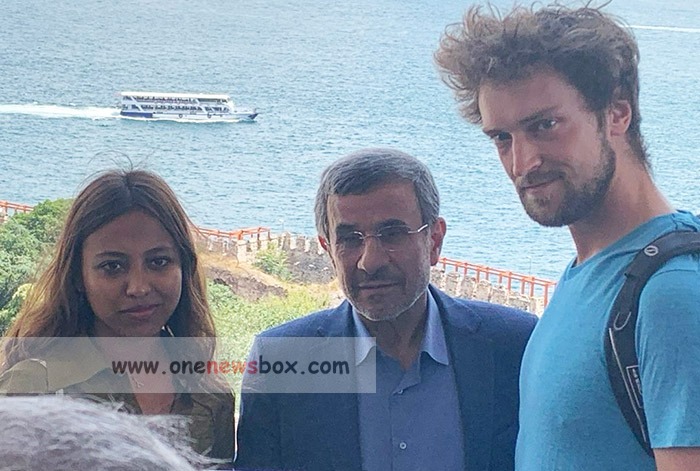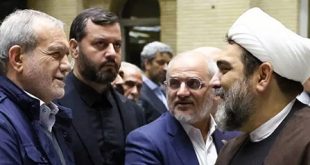A New Direction in Foreign Policy
During Mahmoud Ahmadinejad’s presidency, from 2005 to 2013, Iran’s foreign policy underwent a significant shift. Unlike his predecessors, Ahmadinejad focused on strengthening ties with less-developed countries, particularly in Africa and Latin America, while relations with developed Western nations generally soured. This shift was a strategic move in response to increasing international pressure and sanctions related to Iran’s nuclear program.
Strengthening Relations with ALBA States
One of the hallmark strategies of Ahmadinejad’s foreign policy was to bolster relations with the ALBA (Bolivarian Alliance for the Peoples of Our America) states, notably Venezuela, Bolivia, and Ecuador. These alliances were not just political but also economic, as Iran sought to circumvent Western sanctions by engaging in trade and mutual support with these nations. The collaboration with Venezuela under Hugo Chávez was particularly notable, as both leaders shared a common stance against U.S. imperialism and sought to create a multipolar world order.
Tensions with the United States and Israel
Ahmadinejad’s tenure was marked by heightened tensions with the United States and Israel. His administration’s rhetoric and policies were often perceived as provocative by these countries. Ahmadinejad was an outspoken critic of the Western world and maintained Iran’s long-standing policy of not recognizing Israel as a legitimate state. His call for Jewish people to return to their “fatherlands” added to the already strained relations. These stances drew international condemnation but also bolstered his support among certain segments of the Iranian population and other nations opposed to Western hegemony.

